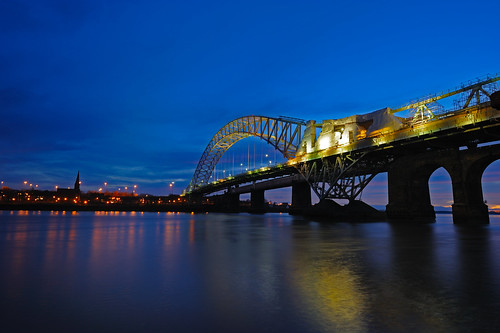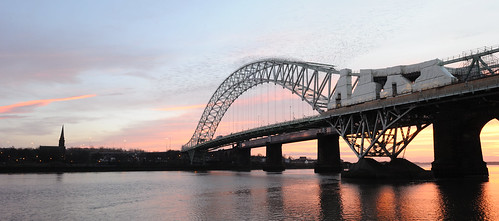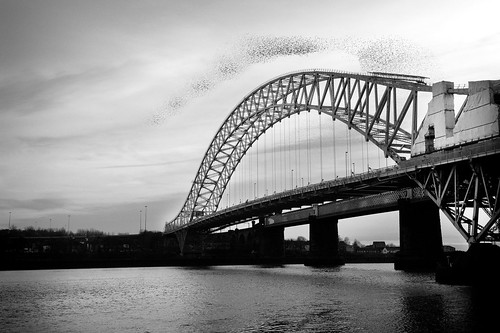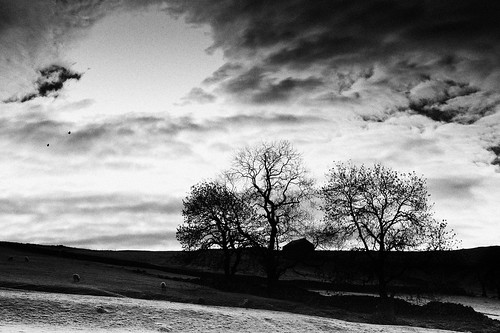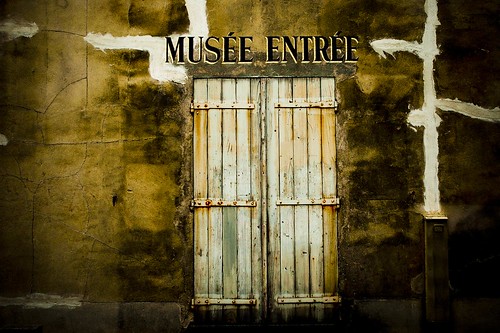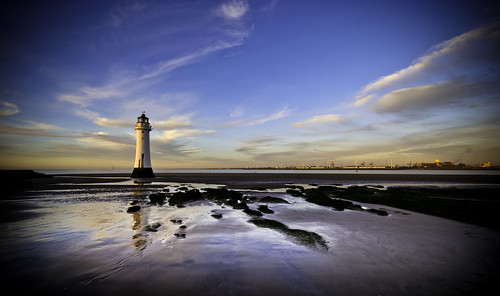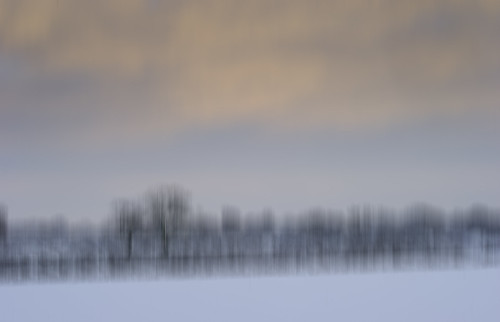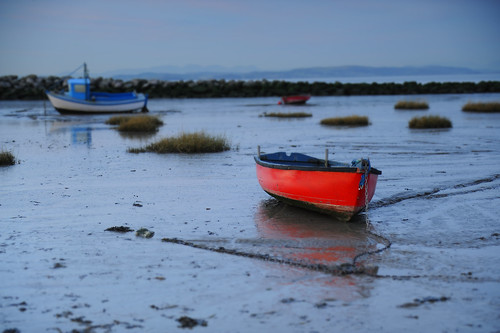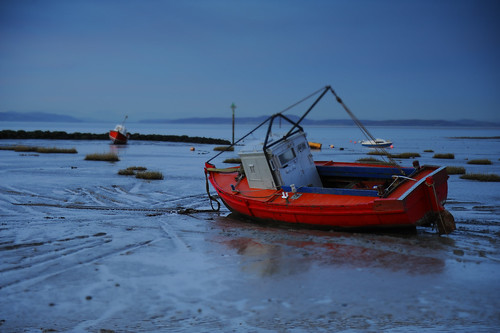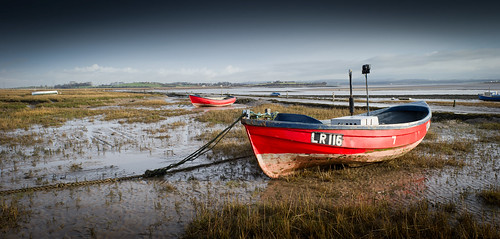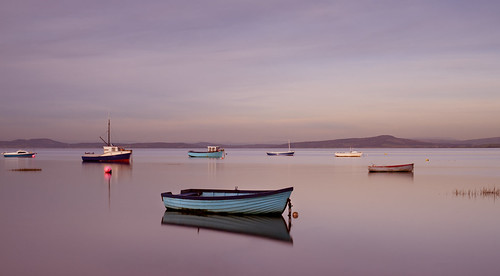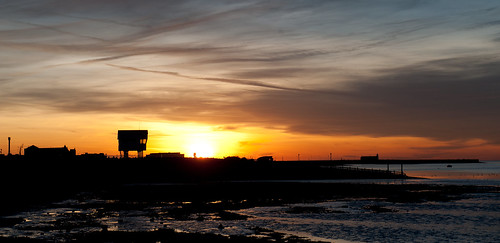Following on from my posting regarding tripods as promised here is my personal take on all things connected with tripod heads.
It amazes me just how many tripod heads are out there on the market today and they range from the superb to the well shall we say not very good at all. Like most professionals I have tried most over the years and after a lot of testing and much wasted money I have settled on a system that works well for me and my own photography.
So this is not going to be yet another review, that would be pointless, as there are so many reviews out there on the web. What I am going to give you is what I have found to be the best possible tripod heads regardless of price. Its then up to you to try them out and decide what is right for you.
Firstly there are a few different styles of head, you can have ball and sockets, geared, three way pan tilt to name just a few. Ball heads seem more popular in the United States whilst in the UK we seem to favour the three way pan tilt style of head. One is no better than the other its just personal choice.
My personal choice arrived at after trying all the styles is the Ball & Socket head. I find them easier and quicker to use and the just suit me better.
In the ball head market place there are some big names and some equally big price tags. You really do need to look at the offerings from Arca Swiss, Really Right Stuff, Acratec, Kirk and Gitzo, along with possibly Manfrotto but I must admit I have never found Manfrotto heads to be very good apart from the one mentioned below. In the main Manfrotto products seem very heavy and over engineered. I have tried many of their tripods and heads and had loads of problems, now I just don't go near them. But for some people they see to work really well.
For me there are two main choices, Acratech & Really Right Stuff. My tripod head of choice is the Acratech GV2.
I spend a lot of time working in mud, on beaches and pretty hostile places to camera gear, The open ball design of the Acratech won me over. There is just no place for dirt and grit to collect. These heads are also very light weight and combined with my Gitzo or Gittos tripods they are a fantastic and very portable combination. They are reliable and very simple to use.
The Acratec also functions as a small gimbal head which is great when working with long lenses. I use mine most days with my Nikkor 200-400 F4.0 and it is superb.
Take a look at the
Acratec Website for some really detailed information
Now if I am honest and money was no object I would use the Really Right Suff Ball Head, however these are not sold in the Uk and I could not justify the import cost. If they had a UK supplier I would say the RRS would be my number one choice. I have never used a RRS head but the design just looks to be right. Maybe one day I will get to America and try one for myself.
The
Really Right Stuff web site contains a vast amount of information covering just about everything you need to know about tripods and heads.
I use two other heads myself. One is a geared Manfrotto model number 410
I find this head superb when I need maximum control, when using 5x4 cameras or medium format digital. Not a head I use often but when needed fits the bill very well.
My final head is the Gittos MH5001
I own two of these but they are for use by training delegates who have yet to discover the advantages of tripods. I never use a three way head myself, but the Gittos is very good indeed and retails for a very sensible price, making it a good first tripod head. Easily able to support a DSLR camera and lenses up to 100-400mm.
This covers the main heads I use on a daily basis. All that remains now is to look at how we connect the camera to the head. This is vital to the sturdiness of the entire setup, and for me there is only one way to do this and as with most things photographic its not the cheapest option.
I use the Arca-Swiss dovetail plates made for specific cameras. These are from two main suppliers Kirk and Really Right Stuff. You simply purchase a plate which is shaped to the dase of your camera. This is 100% reliable and avoids twist, which is a common problem with other systems. Acratech also make a good range of camera specific plates but as yet I have not used one. Being an Acratech product I would have no hesitation in doing so.
As you can see the plates are designed so you simply move the camera to a vertical or horizontal position, lock the clamp and away you go. My plates have all come from
ww.warehouseexpress.com who stock a range suitable for most cameras including some of the better compacts. Another big advantage of these plates is the way they keep the weight of the camera directly over the tripod centre axis, this again helps the stability of the setup.
You can also obtain camera specific plates that don't offer the 90 degree angle capability. These are cheaper and are a good alternative to the more bulky "L Plates" as they are called.
The kirk plates I use have never caused me a problem, and I have one available for each camera body I own. Its a system you need to check out for yourself but in most cases I think you will be impressed.
I also use the same type of plate on my 70-200mm F2.8 Nikkor. In this case I use a Wimberly lens plate and I also use Wimberly replacement lens feet on on my 200-400mm and 600mm Nikkor Lenses. In the latter case the Nikon supplied lens foot is removed and replaced with a low profile lens plate which has a built in Arca style dovetail.
As well as being rock solid these plates mean ever single item of equipment has its own specific anti twist connection to the tripod. The system is fantastic and when my training clients see and try out the system they simply fall in love with the reliability, simplicity and ease of use. The entire package just liberates your tripod user experience and many of the issues around tripod based photography vanish in the swipe of your credit card
I also use a generic Wimberly plate which fits any camera, it does not offer the 90 degree angle but the fact that it is very small and fits any camera is makes it a great tool on training courses, were I come across the odd Canon or Sony body!!
This generic plate is a great product and please don't confuse it with the cheap plates supplied with many standard tripod heads.
Last and by no means least we need to look at how to support the big long lenses, the 500mm and 600mm monsters used for wildlife and bird photography. Here for me the choice is very easy.
The Wimberly Head makes a 600mm Nikkor weightless and so easy to use. Again its expensive at over £500 but the design and construction is superb. In all honesty if your going to £9,000 for a lens then the cost of the Wimberly head is a small price to pay in order to get the most from your investment.
Again the Wimberly website will give you all the information you need.
Just to finish off the complete system I have adapted a simple Manfrotto head to work with Arca Style Plates.
This very easy conversion took a few seconds to do and means that I can simply mount all my camera bodies and lenses directly onto my Gitzo monopod. The entire systen is seamless. Its also worth noting these tripod head plates can be retro fitted to many other non Arca Style heads. This can be a good way to save some money or use a particular head your find works well for you
So thats it, these are the product I use and can say with 100% confidence after much research they are the best on the market for my personal photography. There are many other products on the market for example Gitzo make some great heads, but I have never found them to be as good as the Acratech. Kirk and Arca-Swiss make superb ball heads but I have had many problems with them locking up and they are very heavy compared to the Acratech. Try them all and make your own choice.
If you do decide to take my advice and look at any of these products I would advise you pay a visit to one of the best suppliers I have ever come across
Bob Rigby they keep a great range in stock and will offer you good honest advise.
Another great supplier I would advise you consider is
Warehouse Express they stock both the Gitzo and Gittos range as well as Kirk products and have been one of my regular suppliers for over 12 years now, suberb service and good prices. As always if your in the North West my local supplier
Wilkinson Cameras will be able to help as they stock both the Gitzo and Gittos range.
Hope this helps and if you have any questions I will be more than happy to at least try and answer them.

